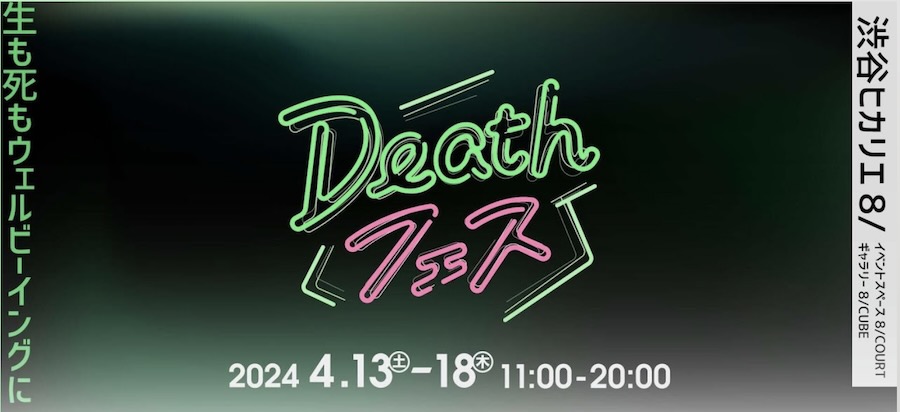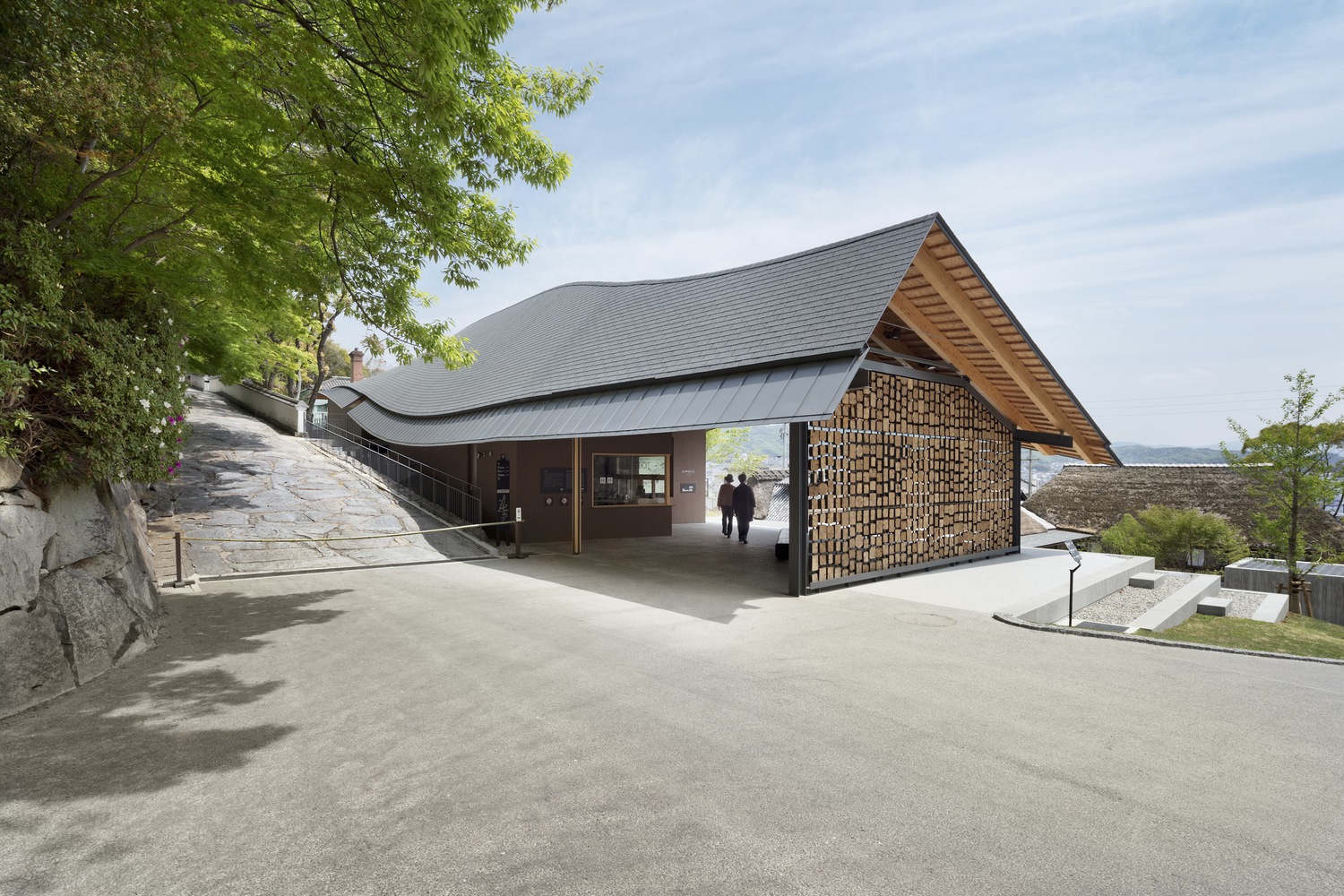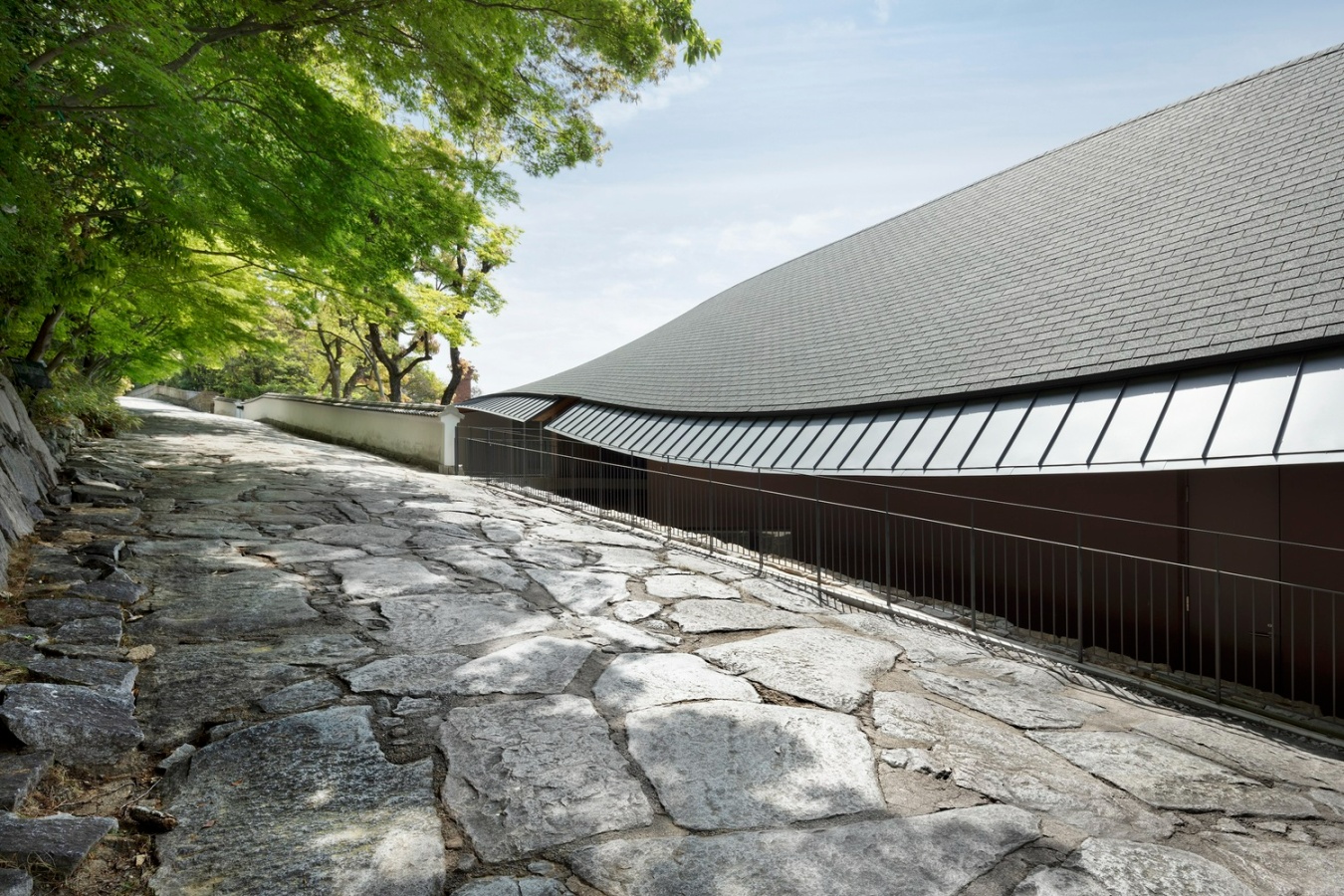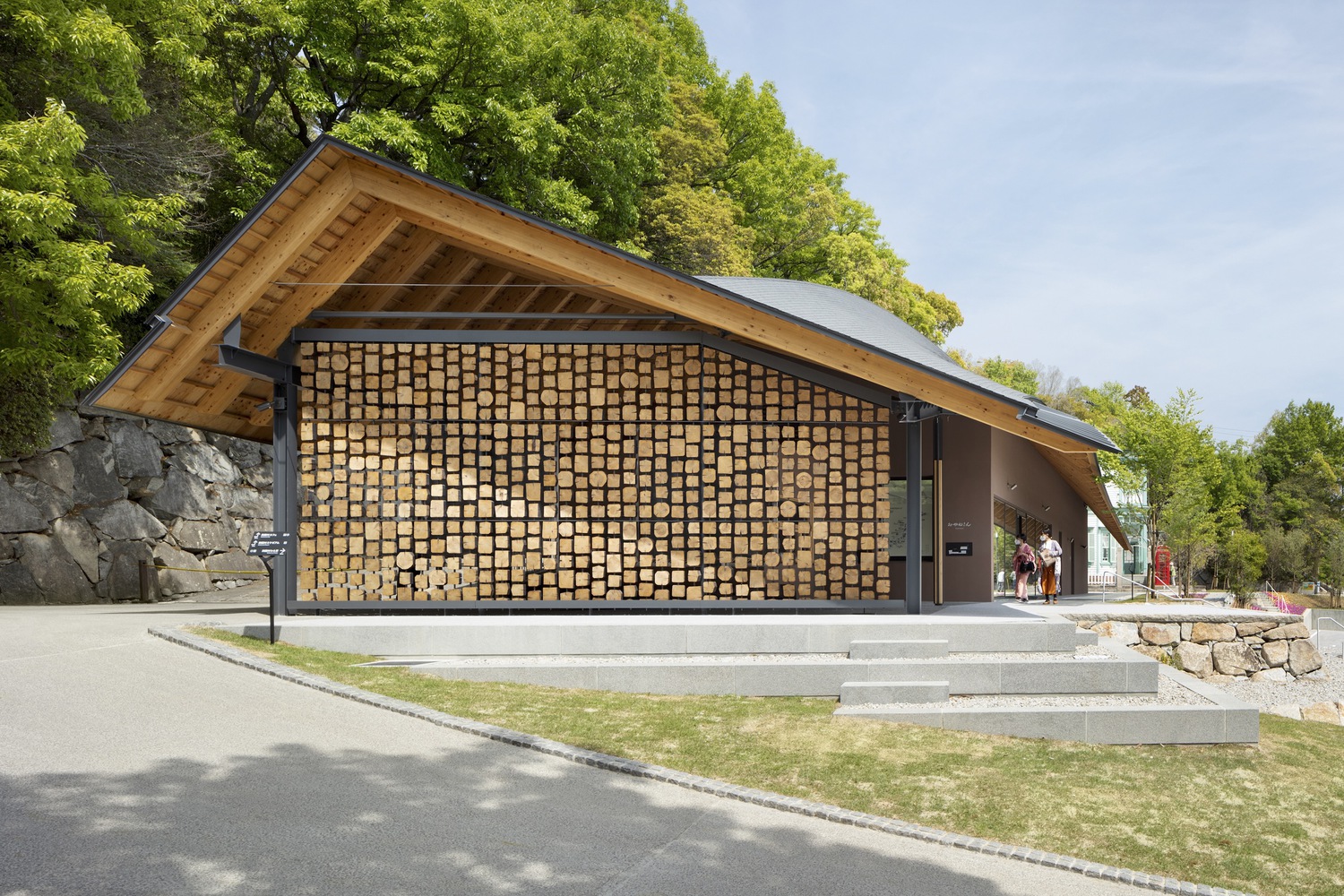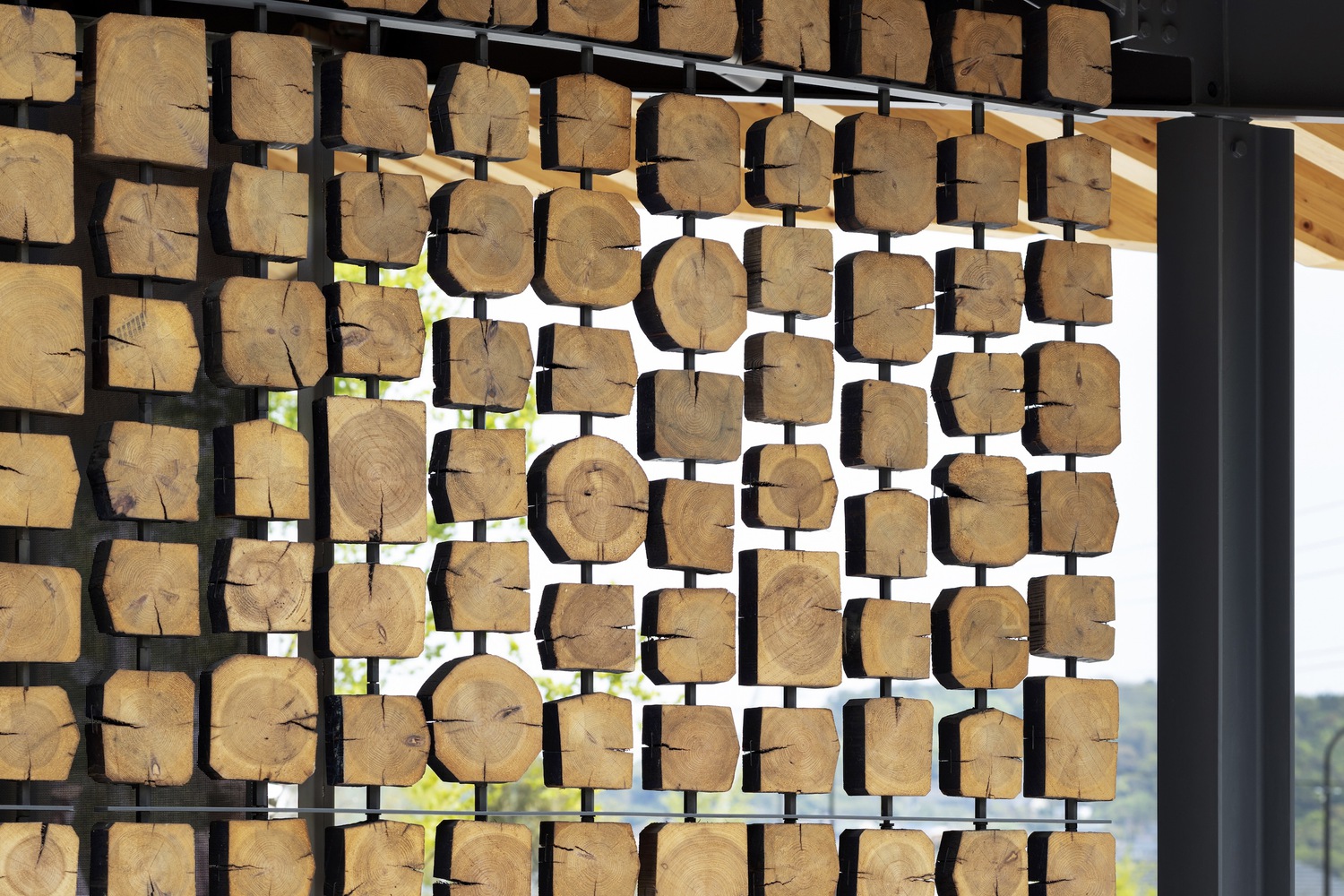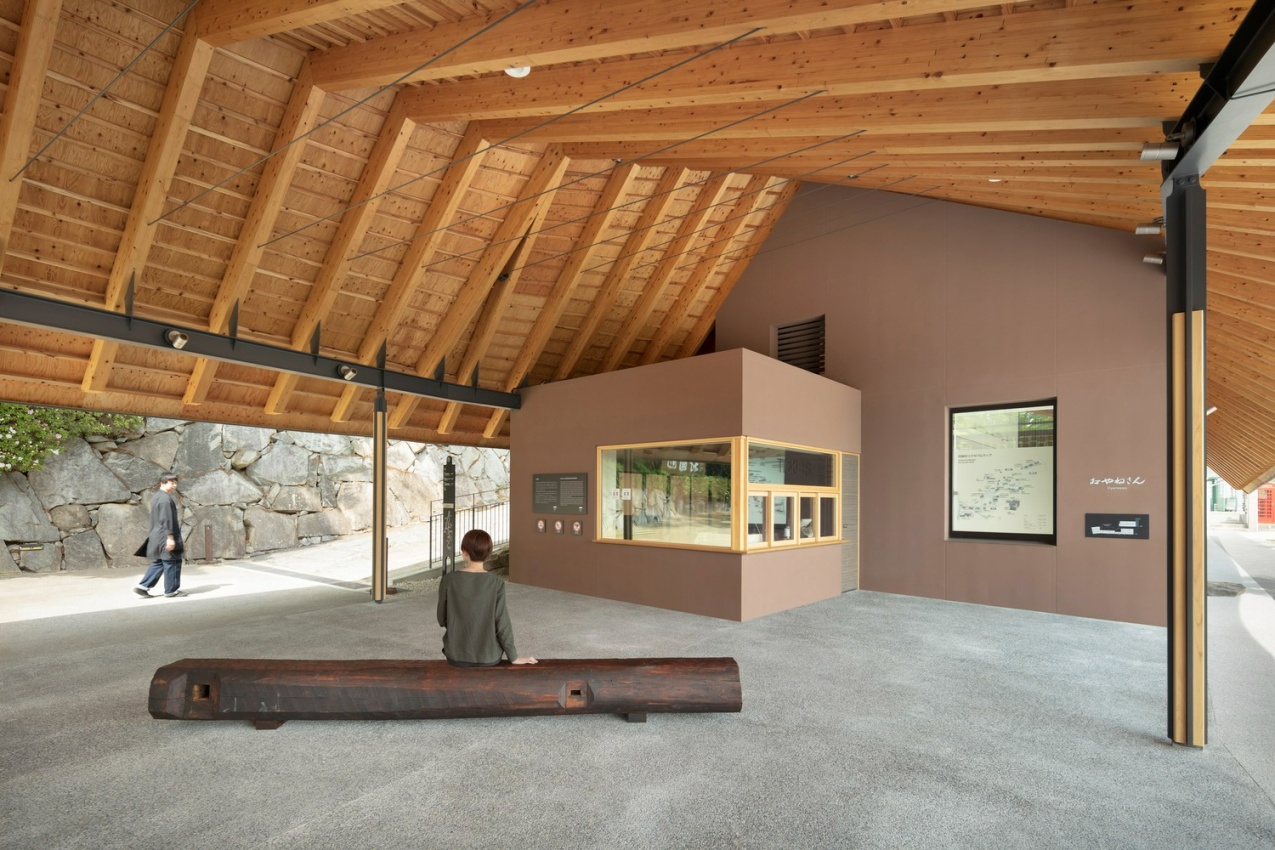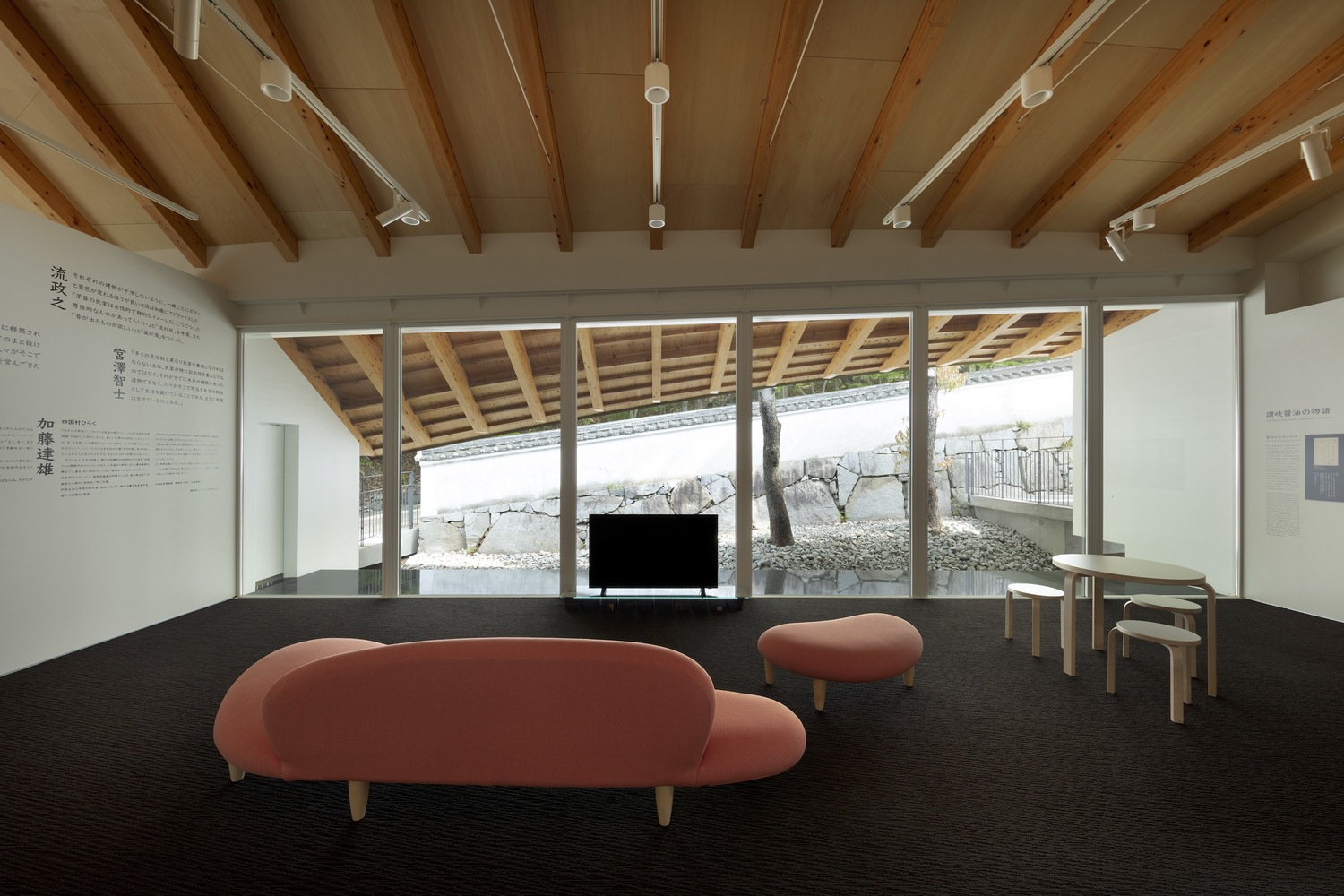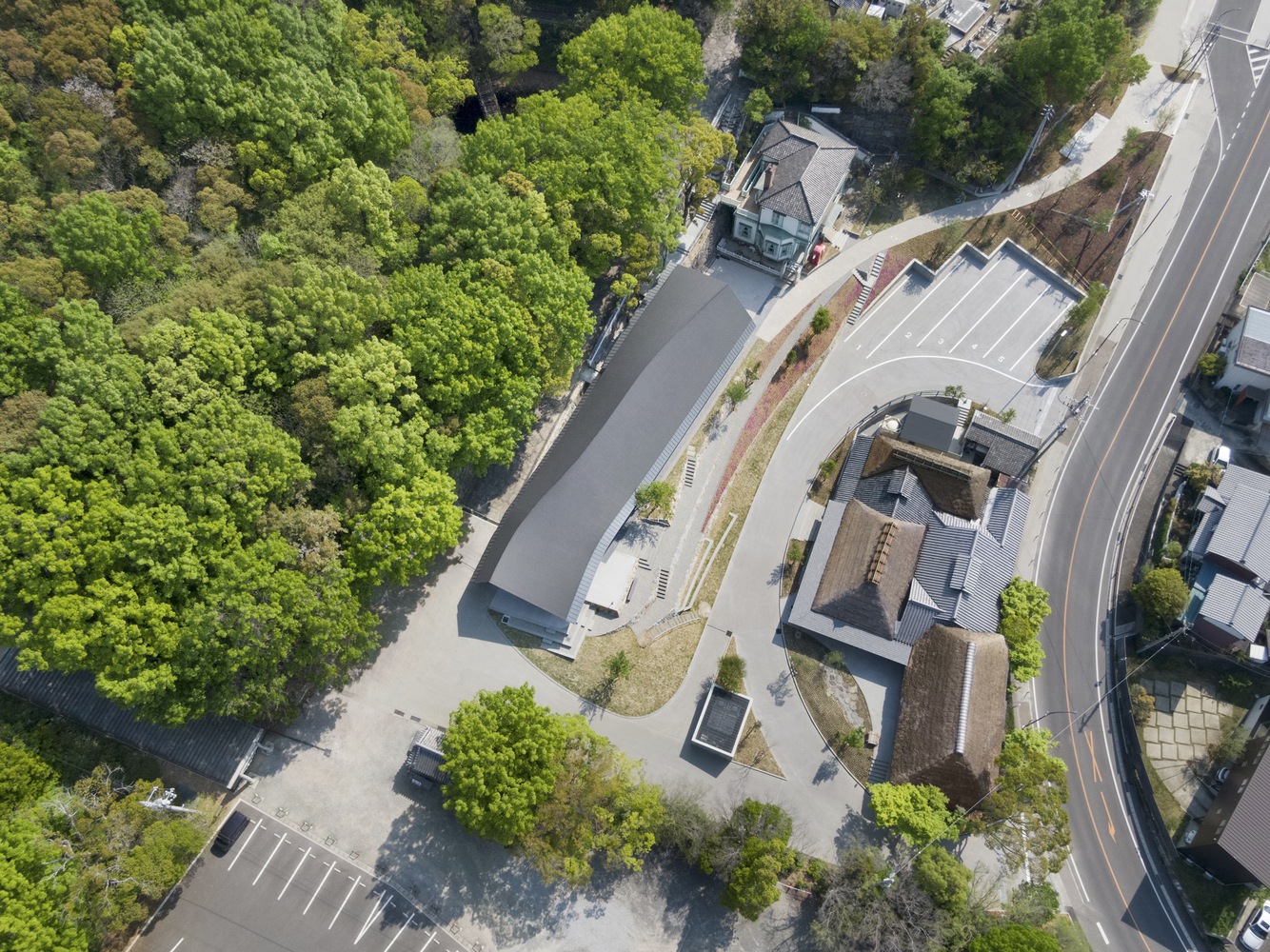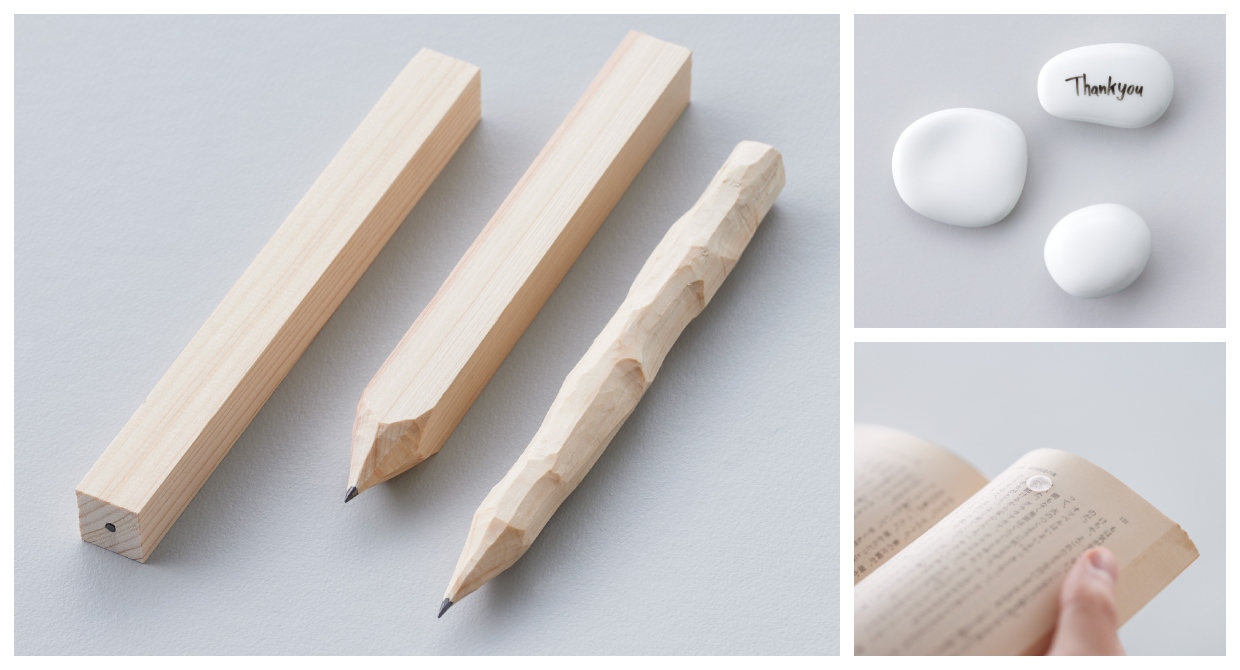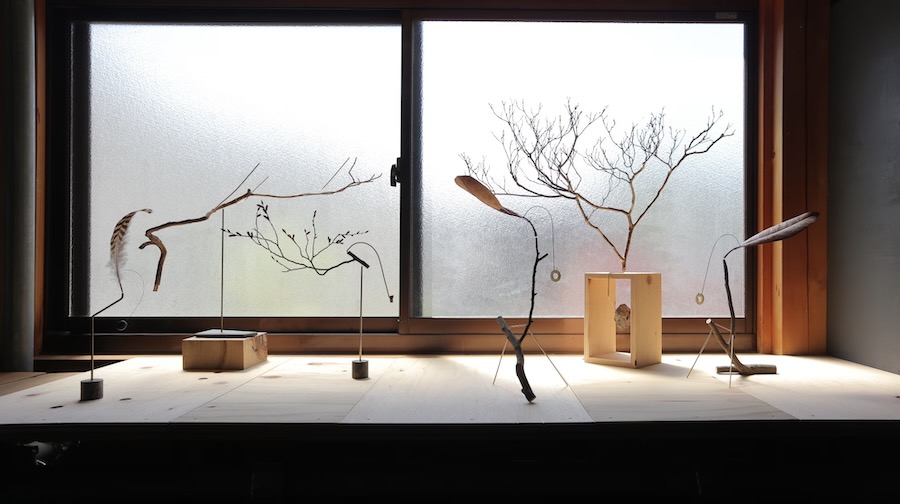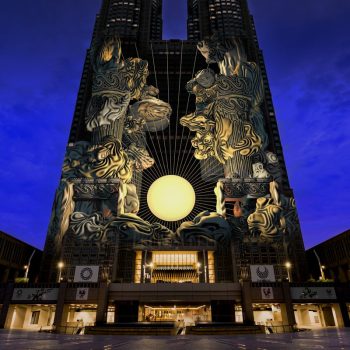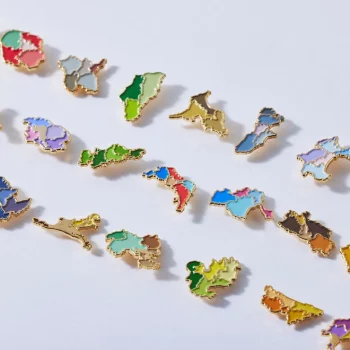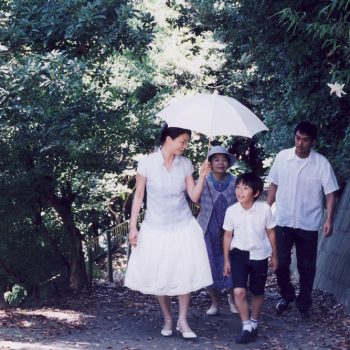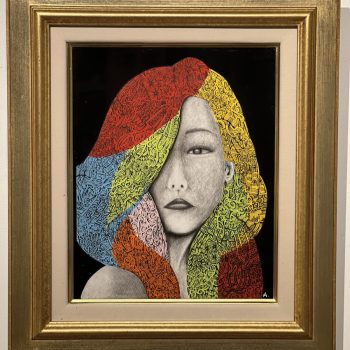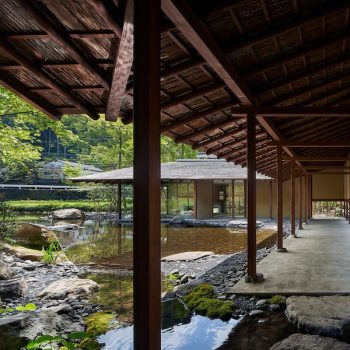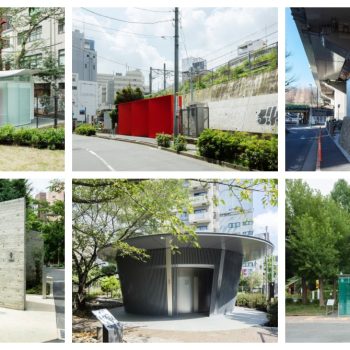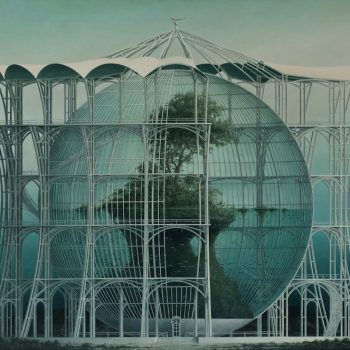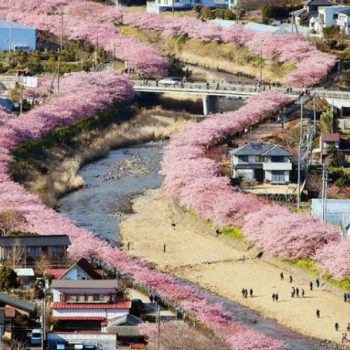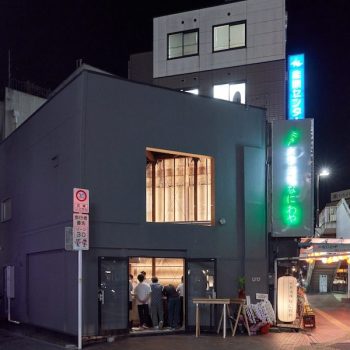all images © Takumi Ota courtesy of Kousou Inc.
Welcome to Oyane-san, affectionately known as “Honorable Roof,” standing proudly at the foot of Mount Yashima on Shikoku Island. This new addition serves as the entrance to the Shikoku Mura, an outdoor architectural park showcasing historic buildings from the Edo to the Taishō periods.
Designed by Yoshiyuki Kawazoe of Kousou Inc., Oyane-san’s distinctively curved roof immediately catches the eye. The site’s status as a national historical heritage and restrictions on deep foundations guides the overall form. By gradually changing the angle of 47 pairs of glulam beams, the designer was able to achieve the organic roof shape. The roof structure pushes the boundaries of modern technology while paying homage to centuries-old architectural forms.
As visitors approach the west face, they’re greeted by a captivating sight of the wooden screen, shading the semi-outdoor space. Crafted from cut pieces of timber salvaged from the beams and columns of the Endo Residence (which belongs to the client), this resembles a modern art piece, inviting reflection on the passage of time and the spirit of craftsmanship.
On the northern side of the foyer, visitors are greeted with a striking view of three layers together: the curved roof of Oyane-san, the thatched roof of the Waraya restaurant, and the ridges of the Sanuki Mountains.
The ‘Episode’ room on the first floor offers a journey through the history and heritage of Shikokumura. From archival photographs documenting the museum’s inception to personal messages from contributors, visitors are immersed in the stories that have shaped this cultural landmark.
Before bidding farewell to Shikokumura, visitors are invited to explore the museum store. From miniature replicas of iconic buildings to handcrafted folk objects, there’s something for every enthusiast eager to take home a piece of Shikokumura’s legacy.
In Oyane-san, tradition and innovation converge to create a masterpiece that transcends mere utility and binds the previously existing buildings together. As Tatsuo Kato’s vision continues to inspire and resonate, Oyane-san stands as a beacon of cultural preservation.
Shikoku Mura
Yashima Nakamachi, Takamatsu, Kagawa 761-0112 (Google Maps)


